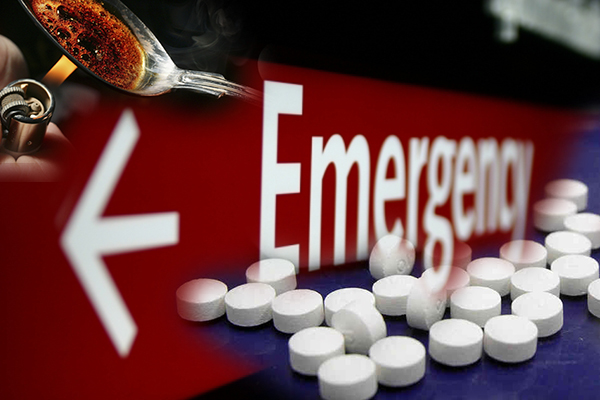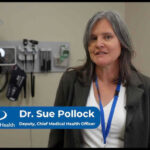Home »

Increasing overdose trend warns IH
Interior Health and ANKORS would like to heighten public awareness about opioid drug use, particularly in light of recent fatal and non-fatal overdoses in some of our communities.
Here is information you need to know:
Overdose deaths and non-fatal overdoses are increasing
 According to BC Coroner’s Office statistics there has been a gradual increase in opioid related overdose deaths over the last 24 months across B.C., including communities within Interior Health. In addition, community agencies continue to receive reports about individuals experiencing fatal and non-fatal overdoses.
According to BC Coroner’s Office statistics there has been a gradual increase in opioid related overdose deaths over the last 24 months across B.C., including communities within Interior Health. In addition, community agencies continue to receive reports about individuals experiencing fatal and non-fatal overdoses.
Who is being affected?
It is important to know there is not one particular group being affected. Reports of overdose with recovery and overdose deaths are occurring among frequent users as well as those who use for recreational purposes. Most overdose deaths are occurring when mixing substances, such as drugs and alcohol.
What drugs are involved?
 Information coming forward shows there is not one specific “bad batch” of drugs. The majority of overdose symptoms are being reported after using opioid drugs such as OxyContin and heroin.
Information coming forward shows there is not one specific “bad batch” of drugs. The majority of overdose symptoms are being reported after using opioid drugs such as OxyContin and heroin.
What you can do to stay safe?
While not using drugs at all is the best way to stop this trend, addiction is an illness and people require support to stop using. At this time we advise those using opioid drugs to take steps to reduce the risk of overdose:
– Don’t mix different drugs (including pharmaceutical medications – especially benzodiazepines such as Ativan and valium, street drugs, and alcohol).
– Don’t take drugs when you are alone.
– Don’t experiment with higher doses and take a small sample of a drug before taking your usual dosage.
– Keep an eye out for your friends – stay together and look out for one another.
– Recognize the signs of an OD – difficult to wake, turning blue, slow or no breathing, nausea, confusion, vomiting, and passing out. These are serious, and you need to get medical help ASAP.
– If someone thinks they may be having an overdose or are witnessing an overdose, call 9-1-1 immediately – do not delay.
– If you have overdose prevention and response training, and are with someone experiencing an overdose, open their airway and give breaths and/ or administer naloxone (Narcan) until help arrives.
Get Naloxone trained
If you or someone you know is at risk of opioid overdose, the Take Home Naloxone program trains participants to recognize and respond to an overdose situation, using a naloxone kit. Naloxone can reverse (stop) an opioid overdose – in the event of an overdose, naloxone restores breathing within two to five minutes of administration and offers the opportunity to save a life and reduce harm related to the overdose while waiting for help to arrive. To find out more contact one of the agencies listed below.
Help is available
If you need help, or know someone who does, there are many options available. Interior Health and its partners offer a variety of programs including: withdrawal management, opioid replacement therapy, counselling, and housing supports. To access treatment services, talk to your physician or contact one of the agencies listed below.
Cranbrook – 250- 342-3868
Trail – 250-364-6262
Nelson – 250-505-7248
ANKORS – 1-800-421-2437
Interior Health Mental Health and Substance Use Services







